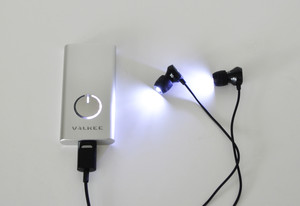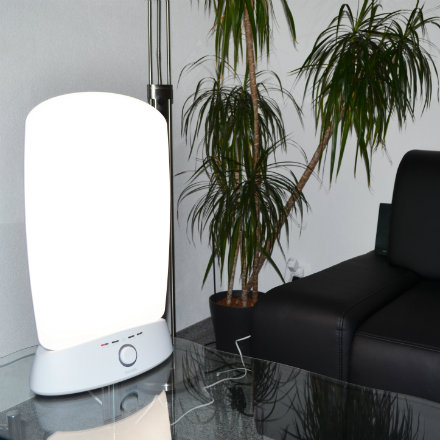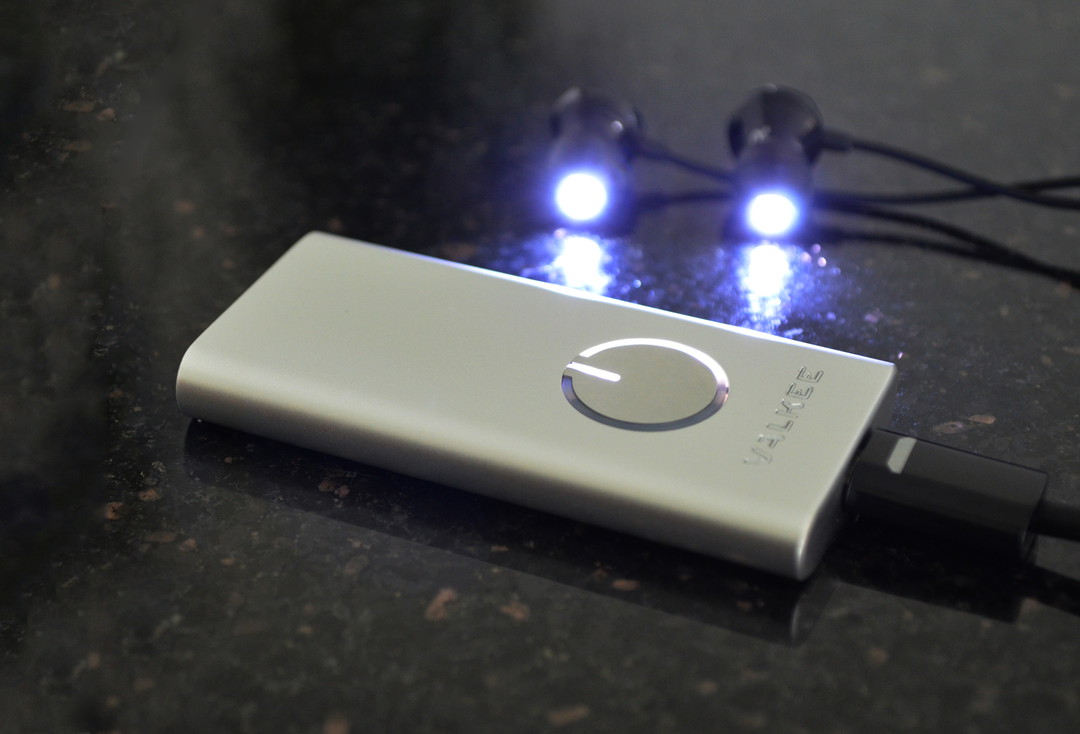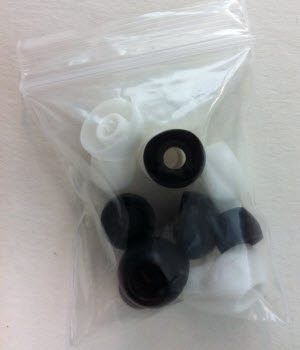Jet lag happens to people who fly by plane and cross at least two time zones. It is quite a challenge for the body's 'internal body clock' to deal with the shock of the destinations time difference. Our bodies are, in fact, set to their own circadian rhythms, which correspond to the 24 hour day-night cycle. This ensures that there is a fixed rhythm inside the body, regardless of what is happening outside.
For example, early in the morning, the body's temperature will be different to in the evening. Even the rhythm of the heart differs during the night compared to the day. This is also true of certain digestive functions, the activity of the organs and also muscle tension. Strong light however, is also a factor. Sufficient amounts of strong light, or too much darkness, can influence certain processes in the body. It is a good thing if the body's internal clock and the outside rhythms are synchronized.
If this is not the case, it can create problems such as headache, digestive problems, and insomnia, as well as daytime sleepiness and a marked difficulty in concentrating.
It is generally the case that the sleep/wake cycle can adjust quite quickly, while other bodily functions take a longer time to adjust: for example, body temperature and the digestive processes.
Eastbound flights which cross time zones place a heavier burden on the body compared to flights going westwards, as you lose most of the day. The duration of the symptoms of the associated jet lag relates to the number of time zones you have flown through. The more time zones you cross, the longer the jet lag lasts. You get about one day of jet lag for each time zone, so potentially on a trip to Japan you can experience jet lag for up to eight days.
Before you can plan to prevent jet lag, you need to consider your length of stay at your destination. If your stay is only a few days long, then the adjustment of the body to new local time would take longer than your stay, and it is better to prevent the adjustment. In this case, keep to the times of the departure country (i.e. your regular time at home), including eating your meals at the time you would at home. Avoid the light at times when it would be night time in the departure country, and if that is not possible, wear sunglasses when you are outdoors. Try not to schedule important meetings, or activities requiring you to concentrate at times when you would have been tired, or asleep, at home.
However, if you are travelling from Switzerland, and plan to spend several weeks in Japan, it is definitely worthwhile knowing some tips to reduce the symptoms of jet lag. With such a long flight the body will need about eight days to convert to the new time zone, as the time difference is so large. We can see how big the time difference actually is if we look at the applicable local time. For example, if it is 13.00 in Zurich, then in Tokyo it is 21.00. In addition, the flight time should be noted, for example, to fly to Tokyo or Osaka, depending on how many stops are required, takes more than twelve hours.
It is best to begin preparing for the journey and the time change three days before the flight. Take into account not only the times of light and darkness but meal times. Targeted jet lag prevention includes a gradual change in your waking and sleeping hours, as well as a slow change in meal times, to synchronize your body with the new time zone. Your need for light can be provided by a strong light source with an intensity of more than 2500 lux. Ordinary household lamps, or office lighting, do not afford the necessary light intensity. Therefore, to prevent jet lag, you need either daylight or an equally strong light therapy lamp.
In turn, darkness can be used to help program the body to sleep, because darkness favors the production of the sleep hormone, melatonin. It might help to use a sleep mask if the sleeping environment cannot be kept sufficiently dark. A sleep mask can easily be fitted into luggage, as can the small, but powerful, light therapy, device, the Valkee 2 Human Charger. The special feature of the Valkee is that the light is delivered to the brain via the ears. This handy device only needs the ear-plugs and the USB charging cable to be packed with it.
It is recommended that for the three days leading up to your flight from Switzerland to Japan you go to sleep half an hour earlier than usual. Then, immediately upon waking, expose yourself to daylight, or use the Valkee Human Charger 2. During the flight, try not to expose yourself to light if it is dark, and set your watch forward to the destination time. Drink plenty of water and avoid stimulant drinks like coffee, and avoid alcohol. Then, in the morning, or indeed at lunchtime, either expose yourself again to daylight or use the Valkee 2 light therapy device.
On the arrival day itself, it is best to go to bed at your normal time. Avoid exposing yourself to light immediately after waking, but do so later in the morning. You can do this most easily using the Valkee 2 device, up to four times a day, with two-hour intervals between each use. On each successive day following your arrival, set the time of this light exposure to one hour earlier.
Wellnessproducts > Jet lag
Tips for avoiding jet lag when flying from Switzerland to JapanIn the Land of the Rising Sun, the time change can create difficulties. After all, whoever flies from Switzerland to Japan passes through eight time zones. You can use just the sun, or light, to help you to deal with the change and if you take note of these tips, you can reduce the symptoms of jet lag effectively.
 Published on 17.09. by Thomas Toernell  Light therapy Light therapyDo rainy days or the dark winter months leave you feeling a bit gloomy? Try using a light therapy machine to add some natural light to your life - revitalizing and reenergizing your mood.  Valkee 2 Light Therapy Device - Silver, 8 x 4 x 2 cm, CHF 199.00 Valkee 2 Light Therapy Device - Silver, 8 x 4 x 2 cm, CHF 199.00Portable led light box Valkee2: bright light headset |
- FREE DELIVERY (ECONOMY)
- Safe shopping: Payment with invoice, credit card, Paypal or Postfinance
- Warehouse in Switzerland (Widnau SG)


 Valkee1 silicon ear plugs - only for Valkee 1, CHF 14.00
Valkee1 silicon ear plugs - only for Valkee 1, CHF 14.00